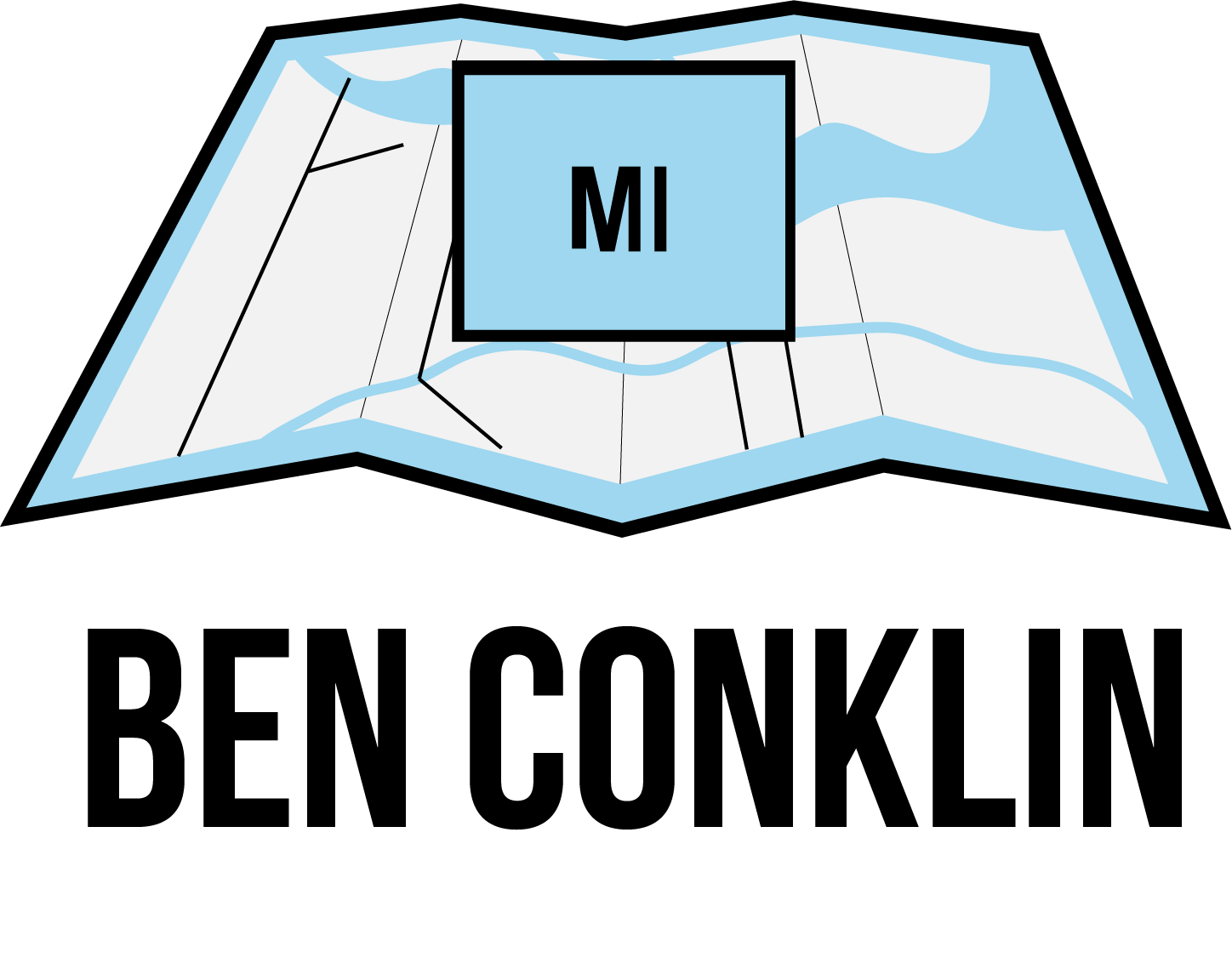Taking on new challenges
Hi there. If you are reading this, you are one of the few people who followed by blog.
Let me start off by apologizing for not blogging more. As my friend Lyle Wright pointed out, some of you actually want to hear what I have to say, and I haven’t done a great job of doing that for a while now. There are many excuses but the simplest one is that I didn’t make it a priority.
Ok, enough about that.
Today’s post is about a major change I have made in my career, and focus. As you probably already know, I left my 16-year career at Esri to join a little 120-year-old startup called Janes. I accepted a position as their Chief Product Officer.
I am sure most of you are thinking, but Ben … do you even know anything about fighting ships?
The answer to that, of course, is no, I don’t
But actually, Janes is much more than that.
Much like any publication company, Janes has been moving from traditional book and magazine publishing to being a data-centric business. In fact, they have producing data for over a decade.
So why did I go to Janes?
Fundamentally, Janes is an Open Source Intelligence Agency, which operates as a commercial business. I believe they are unique in this endeavor. Janes has over 800 analysts and contributors, which helps them build a complete set of unclassified intelligence around order-of-battle, equipment, country risk and spending forecasts.
When Janes approached me, I realized this was my unique opportunity to take all of my ideas and concepts I have been presenting over the past decade and put them into practice. I am coming into Janes at a key time when we are working to interconnect our intelligence, leverage effective human-machine teaming to deliver an integrated product.
This matches the journey into the “4th age of intelligence” I have spoken so much about. The cool thing is that we can do this as a commercial organization. We can innovate quickly, and we have a clear path to success.
So I plan to share with you my journey. I will do my best to blog more often and I appreciate any feedback, shaming, or encouragement you want to provide to help me meet that goal.
In case you haven’t looked around recently, I do want to point out that I added a number of useful resources to this website. My writings and slide decks are shared here, and I also captured some of my key references and influences.
Thank you for sticking with me, and I look forward to collaborating along this journey. You can stay subscribed to this blog to follow along, or you can follow me on Twitter or LinkedIn.
